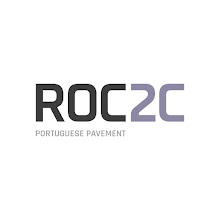Text by Tadeu Soares -
Ambassador of Portugal in China
We are extremely
pleased that this issue of such a prestigious magazine is dedicated
to design and architecture in Portugal.
I
hope readers will gain a better understanding of Portuguese achievements
in the field of contemporary architecture and design, which for many
years have already attracted international recognition. It brings to
the Chinese public a less well known side of Portugal.
I
invite Chinese visitors to go and see for themselves some of the wonderful
modern buildings that we have in cities like Lisbon and Porto.
It
would be easy to mention a whole host of favourites but I will limit myself to
two: the “Casa da Música” in Porto and the “Oriente” Train Station in
Lisbon. Alongside these wonderful buildings, you will find thriving old
quarters where the past has been preserved to a degree that is rarely
found in other places in the world. Off course, in the last few years, the
modernization of Chinese cities has captured the attention of the world
and in China we can find a similar phenomenon, i.e. a good combination of
the old and the new.
Portugal
has had a longstanding relationship with China that started at the
beginning of the 16th century. Chinese art had a big impact in Portugal,
throughout these 500 years of friendly relations, including in
architecture, in details that can be found in Portuguese houses until
today.
In
recent times our economic relations match the excellence of the political ones
and are accompanied by the growing links between people, academic
institutions and businesses in both countries.
We
hope initiatives like this one will help to increase the interest of its
readers in Portugal.
It
should be remembered that traveling is easier today, expedited visa
procedures for travel are in place, and residency rights can be applied
for certain types of investments.
In
2013 we will be celebrating 500 years of the first contacts of the
Portuguese and Chinese people. We view this encounter as an important
moment in our history, and the subsequent friendship as an enriching
factor for the Portuguese people. We want to build on such 500 years for
another five centuries of friendship.
Excerpt from the magazine "Casa International"

Comentários
Enviar um comentário